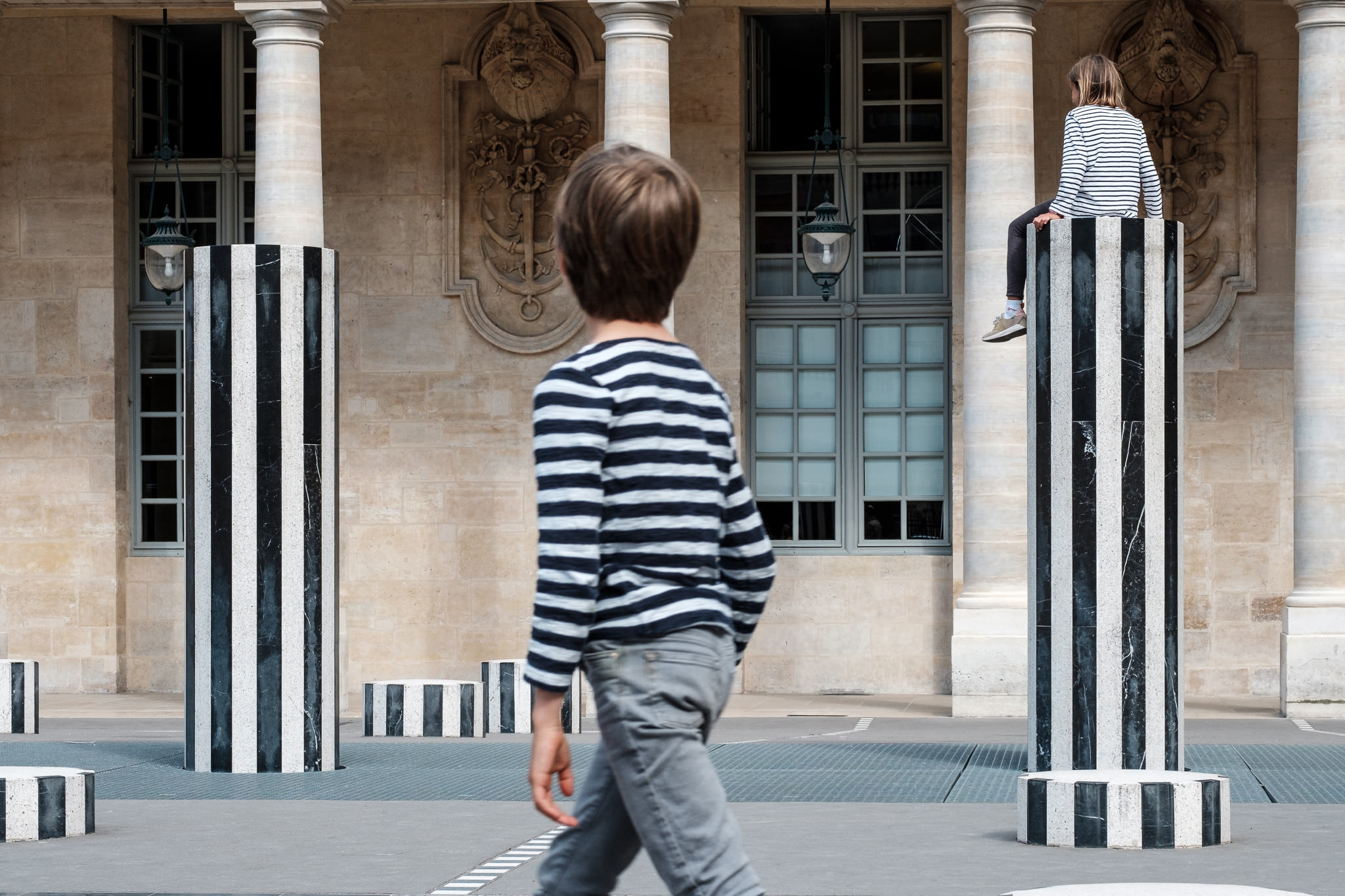Street Photographers Fundamentals Explained
Street Photographers Fundamentals Explained
Blog Article
More About Street Photographers
Table of ContentsSome Ideas on Street Photographers You Need To KnowStreet Photographers Things To Know Before You BuyStreet Photographers Can Be Fun For AnyoneStreet Photographers - TruthsA Biased View of Street Photographers
Street digital photographers do not always have a social objective in mind, yet they prefer to separate and capture moments which could otherwise go undetected.He was influenced by many of those who influenced the road professional photographers of the 1950s and '60s, he was not mainly interested in recording the spirit of the road., that functioned side by side with professional photographers trying to record the essence of metropolitan life.
Due to the relatively primitive modern technology readily available to him and the lengthy exposure time required, he had a hard time to catch the hustle and bustle of the Paris streets. He explored with a series of photo techniques, trying to find one that would allow him to capture activity without a blur, and he found some success with the calotype, patented in 1841 by William Henry Fox Talbot. In comparison to Atget, professional photographer Charles Marville was worked with by the city of Paris to develop an encyclopaedic record of Haussmann's metropolitan preparation project as it unfolded, therefore old and new Paris. While the photographers' topic was basically the same, the outcomes were markedly different, demonstrating the effect of the professional photographer's intent on the character of the pictures he produced.
The Basic Principles Of Street Photographers
Given the great high quality of his photographs and the breadth of material, engineers and artists usually acquired Atget's prints to utilize as referral for their very own work, though industrial passions were hardly his main motivation. Instead, he was driven to picture every last residue of the Paris he enjoyed.

Unlike his peers, Brassa utilized a larger-format Voigtlnder cam with a much longer exposure time, requiring him to be much more calculated and thoughtful in his method than he could have been if making use of a Leica. (It is believed that he might not have actually had the ability to manage a Leica during that time, but he did, nonetheless, use one in the late 1950s to take colour pictures.) Brassa's photographs of the Paris underworld lit up by man-made light were a discovery, and the collection of the series that he published, (1933 ), was a significant success.

Facts About Street Photographers Revealed
It is since of this fundamental understanding of the art of picture taking that he is typically attributed with uncovering the tool throughout once again roughly a century helpful hints since its development. He took photographs for greater than a half century and affected generations of photographers to trust their eye and instinct in the moment.
These are the concerns I will attempt to answer: And afterwards I'll leave you with my very own definition of road photography. Yes, we do. Let's begin with specifying what an interpretation is: According to it is: "The act of defining, or of making something guaranteed, distinctive, or clear".
No, absolutely not. The term is both limiting and misleading. Appears like a street photography should be images of a Read Full Article roads appropriate?! And all road photographers, except for a little number of outright newbies, will completely appreciate that a street is not the crucial element to street digital photography, and really if it's an image of a street with possibly a couple of uninteresting people not doing anything of passion, that's not road photography that's a photo of a road.
Getting The Street Photographers To Work
He makes a valid point don't you think? While I concur with him I'm not sure "candid public photography" will catch on (although I do kind of like the term "candid photography") due to the fact that "street photography" has actually been around for a lengthy time, with numerous masters' names connected to it, so I believe the term is below to stay. Street Photographers.
You can shoot at the beach, at an event, in a street, in a park, in a piazza, in a coffee shop, at a museum or art gallery, in a city terminal, at an event, on a bridge, under a bridge ...
How Street Photographers can Save You Time, Stress, and Money.
Yes, I'm afraid we worried no choice! Without rules we can not have an interpretation, and without a definition we do not have a style, and without a category we don't have anything to specify what we do, and so we are stuck in a "rules definition category" loop! - Street Photographers
Report this page